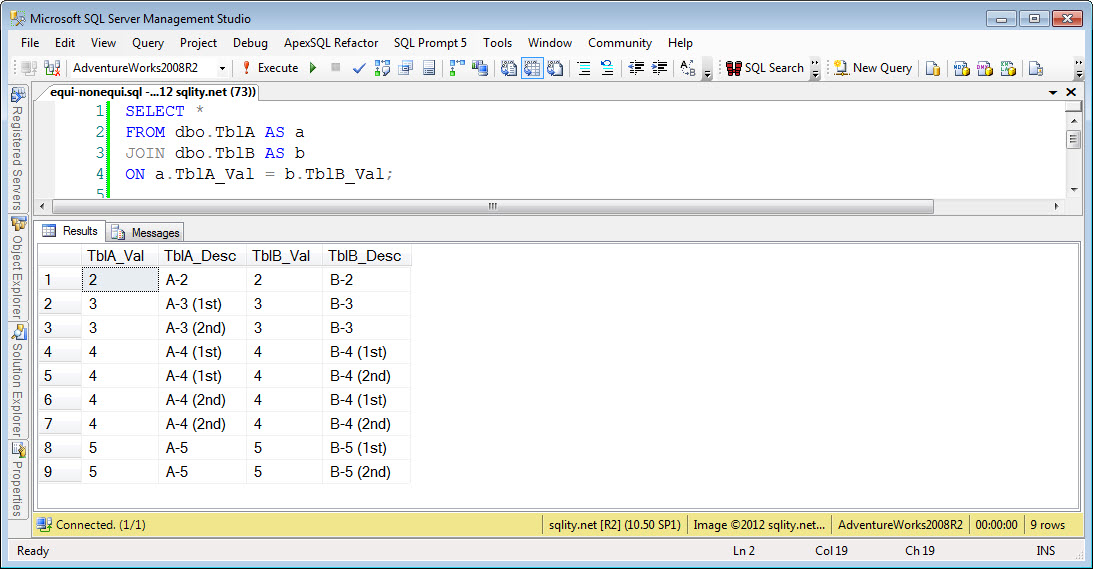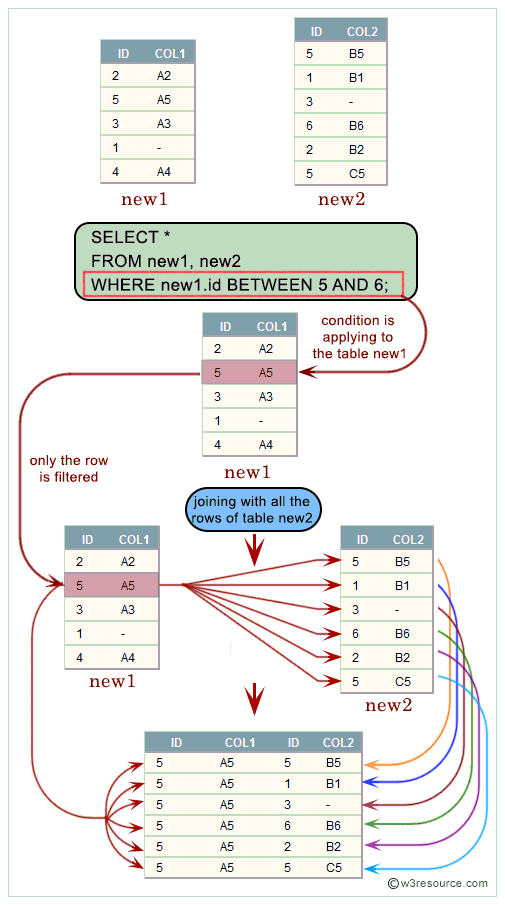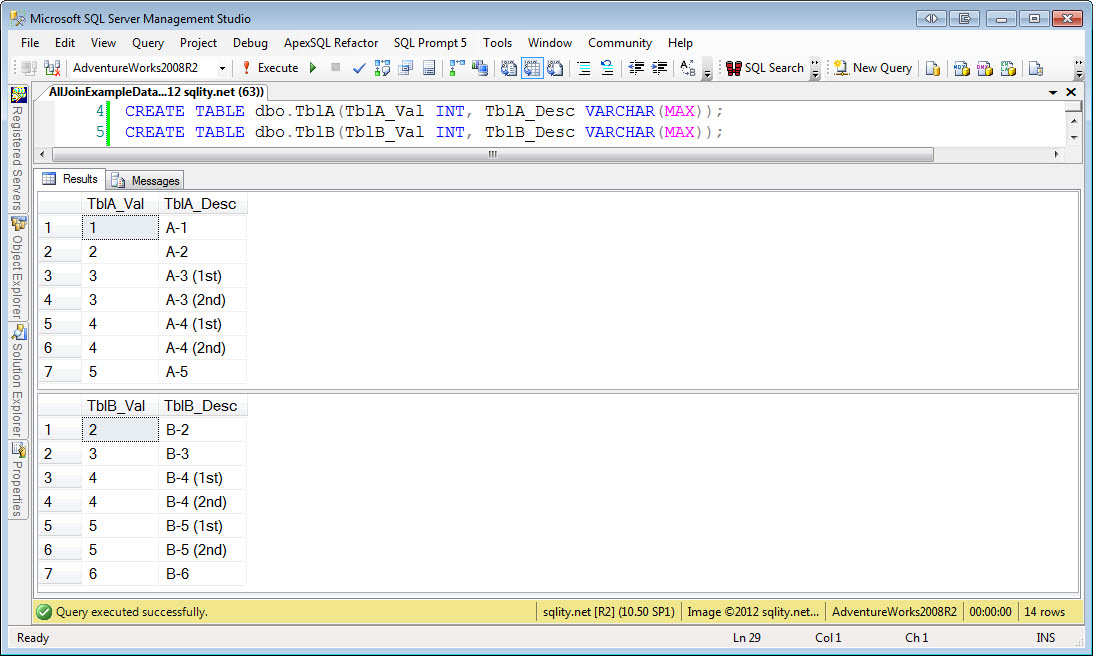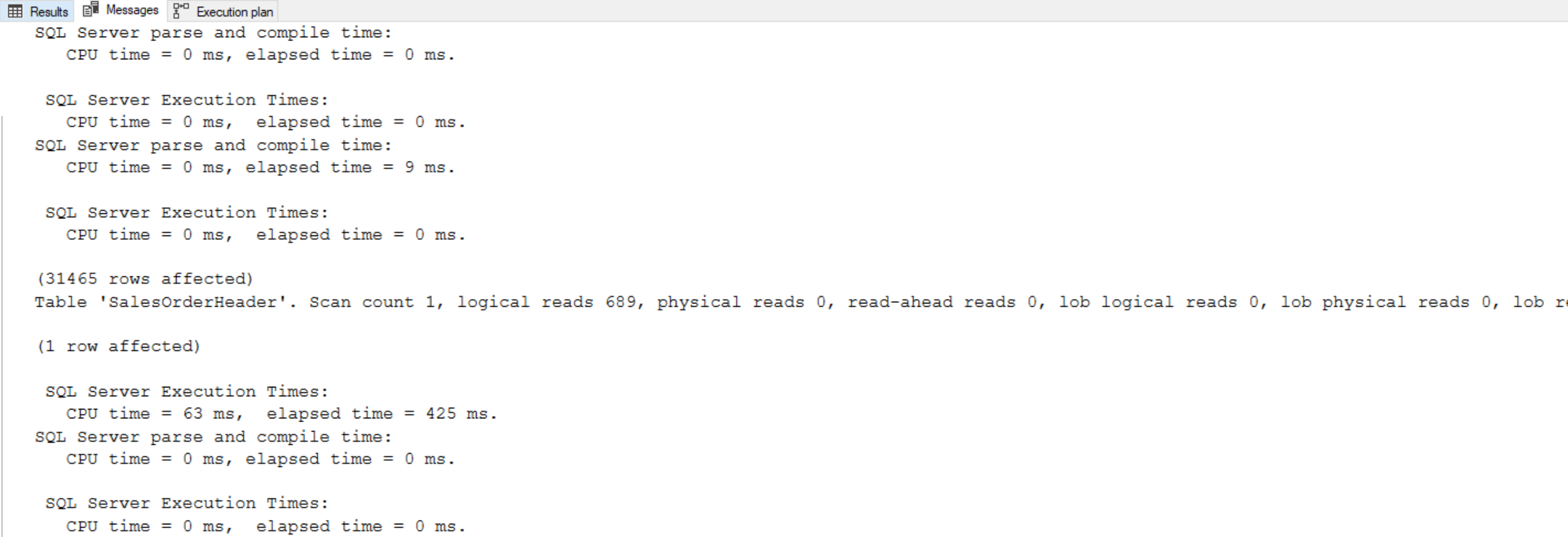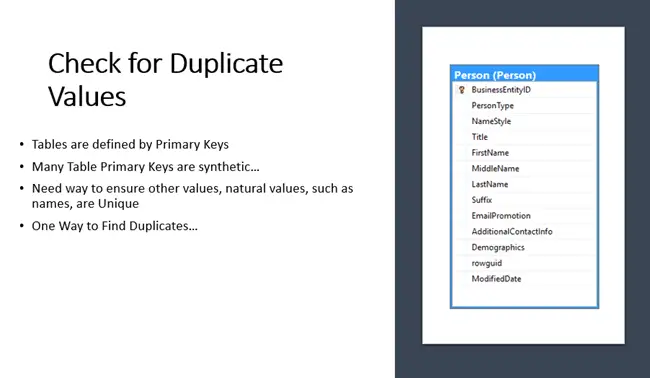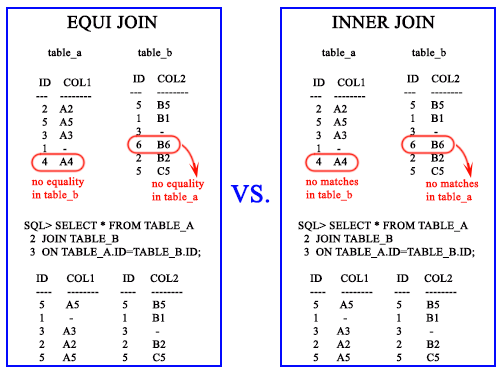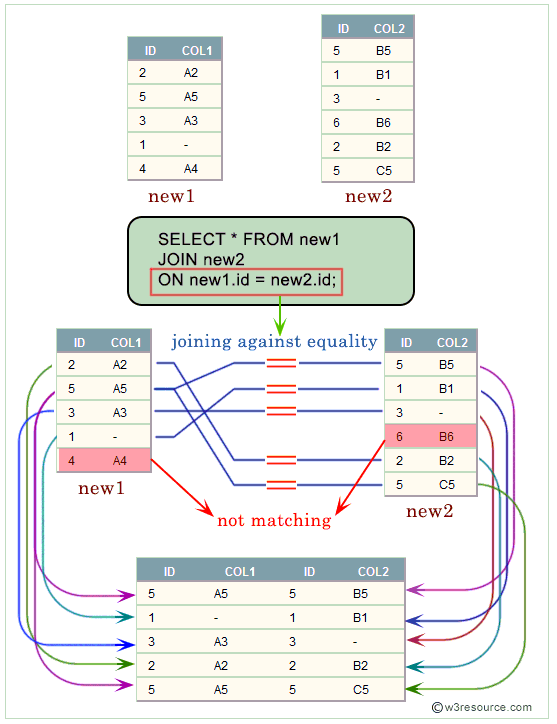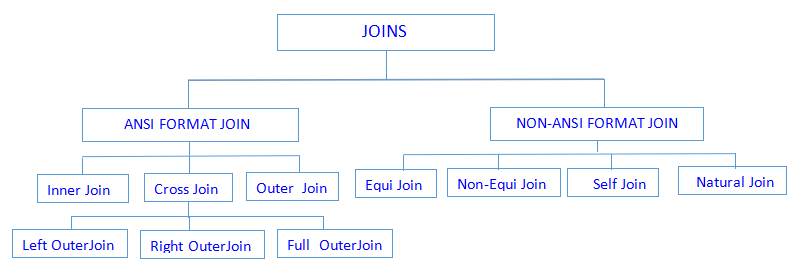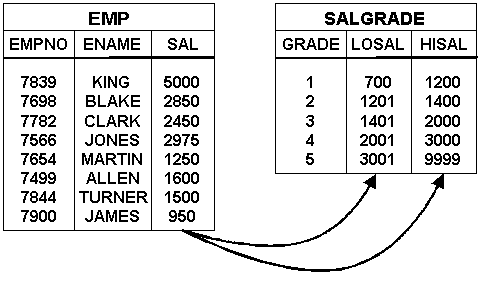You Can Do Nonequi Joins With Ansi Syntax True Or False

Mark for review 1 points true false correct correct 2.
You can do nonequi joins with ansi syntax true or false. You can do nonequi joins with ansi syntax. Natural on on when using 4. When you attempt to use two tables that have a common field. If it selects rows from the two tables that have equal values in all matched columns.
Which select statement implements a self join. You can do nonequi joins with ansi syntax. Choose all correct answers select p product name v vendor name from products p natural join vendors v order by p product name. Choose all correct answers select p product name v vendor name from products p natural join vendors v order by p product name.
You can do nonequi joins with ansi syntax. The following is a valid sql statement. Which two queries could you use. Which two queries could you use.
The keywords join should be used to join tables with the same column names but different datatypes. You can do nonequi joins with ansi syntax. Unknown 30 december 2017 at 02 00. True false 3.
Select e employee id e last name d location id department id from employees e join departments d using department id. Mark for review 1 points true false you can do nonequi joins with ansi syntax. You can do nonequi joins with ansi syntax. True you created the customers and orders tables by issuing these create table statements in sequence.
The primary advantage of using join on is. True you created the customers and orders tables by issuing these create table statements in sequence. Mark for review 1 points true false.
